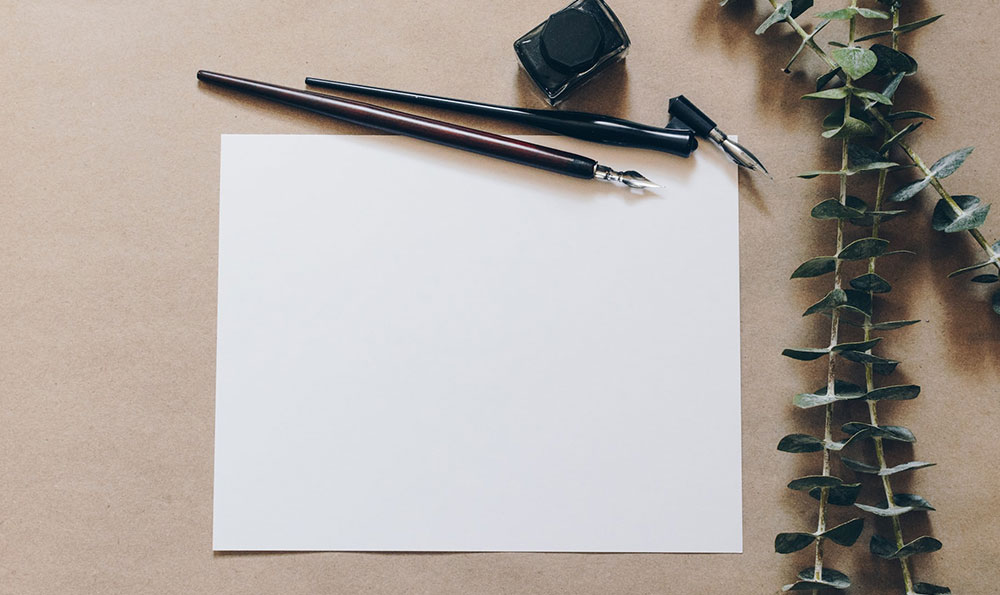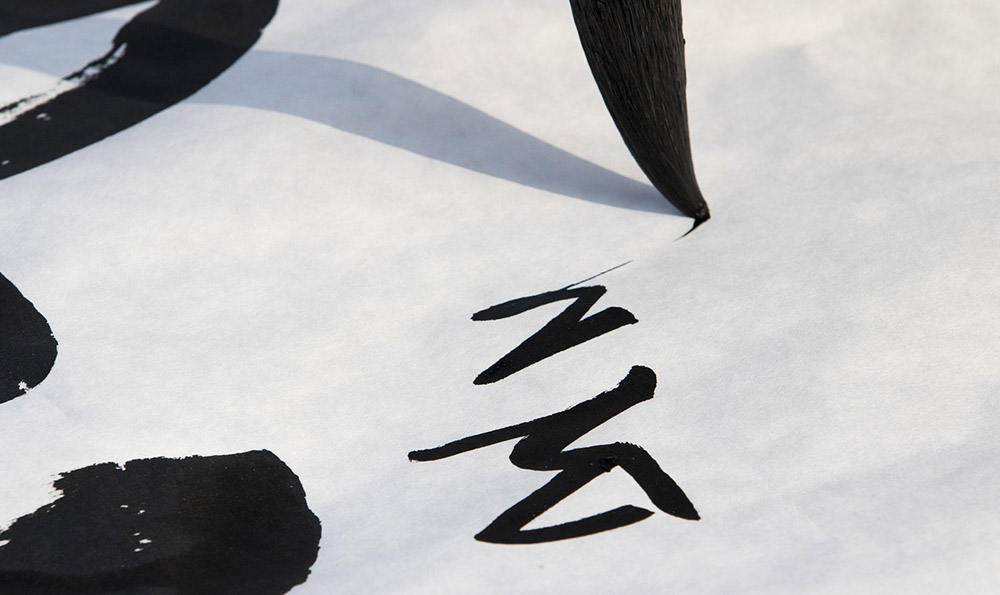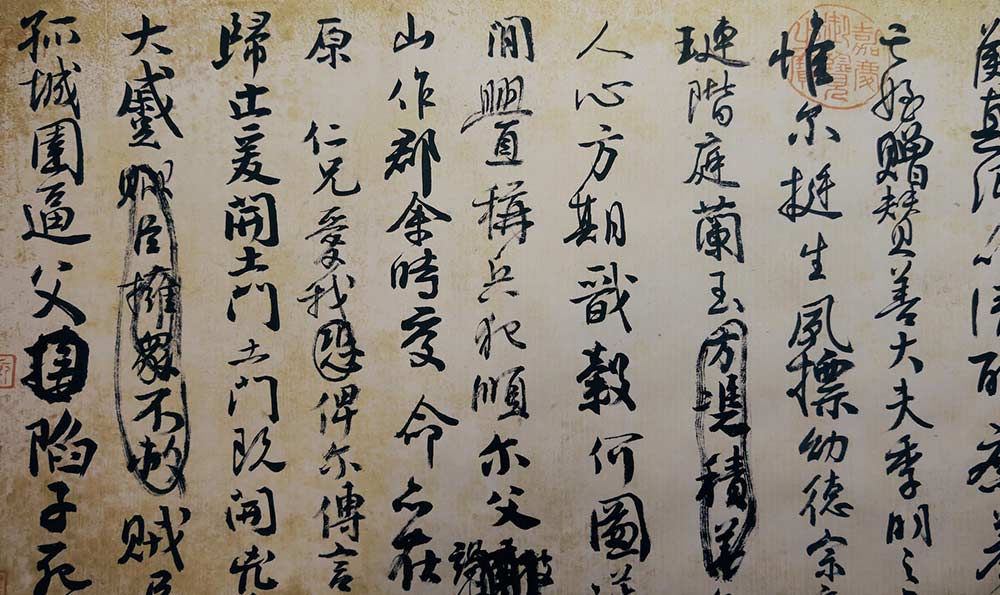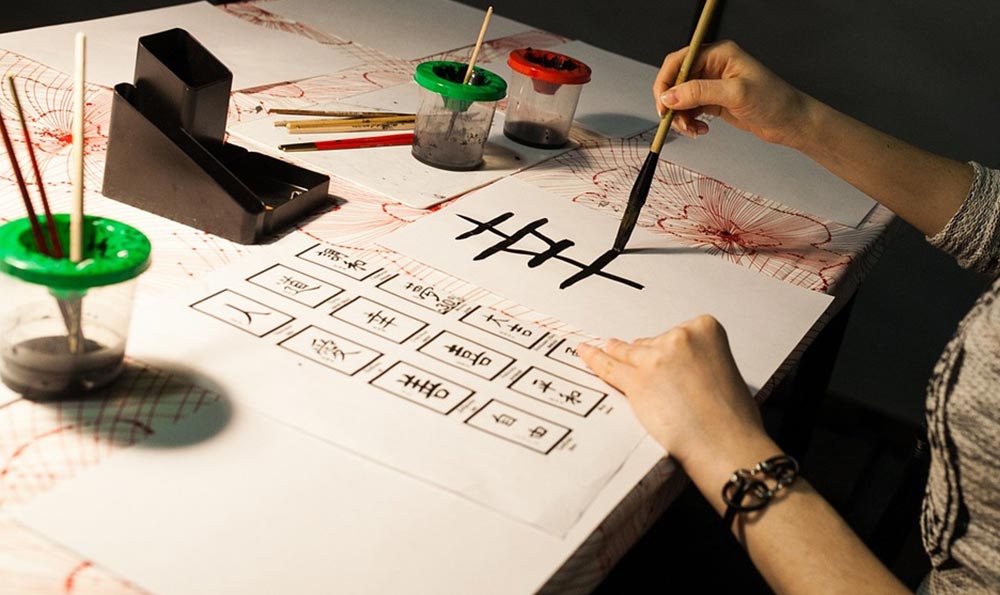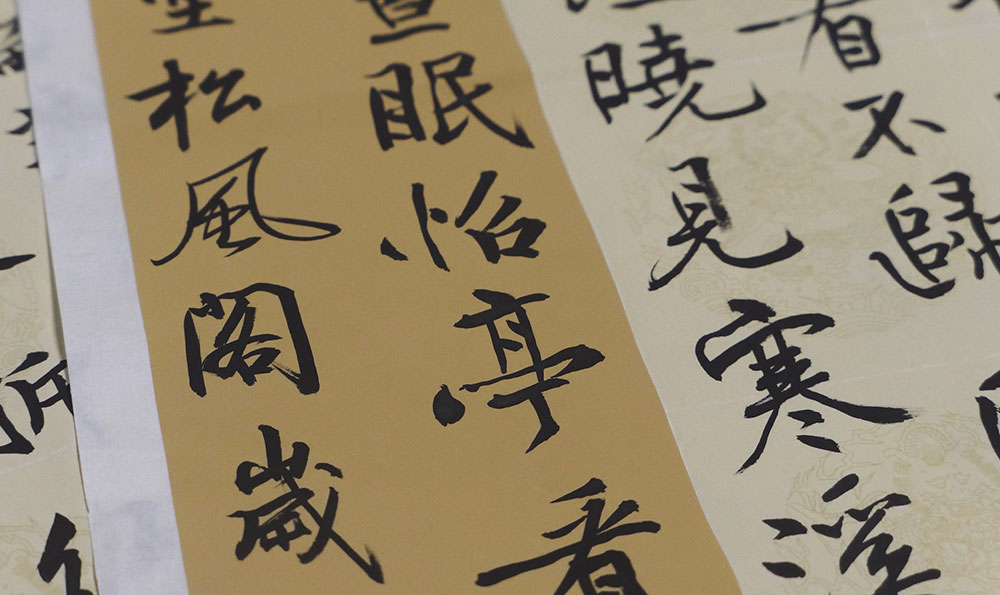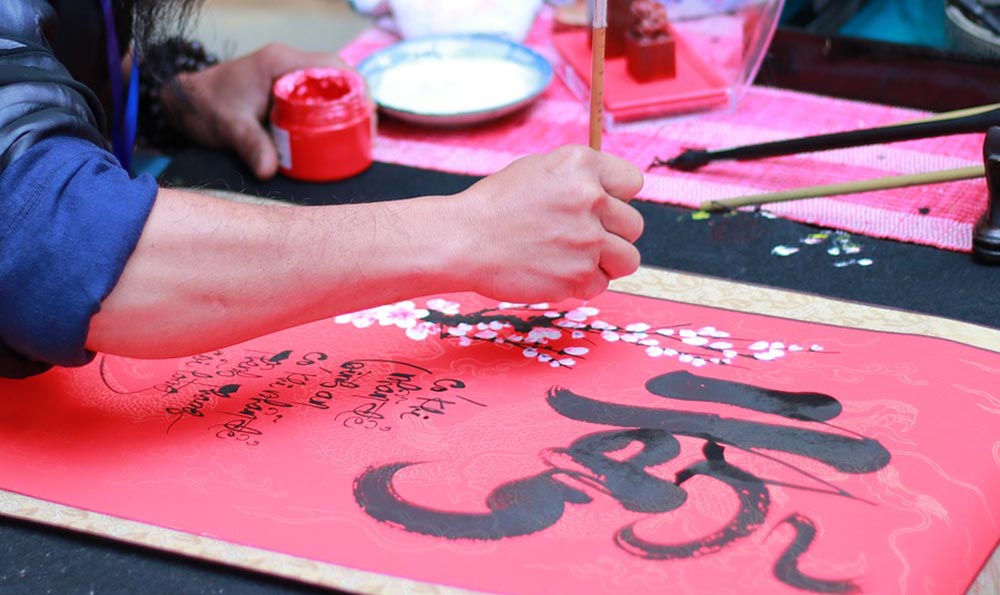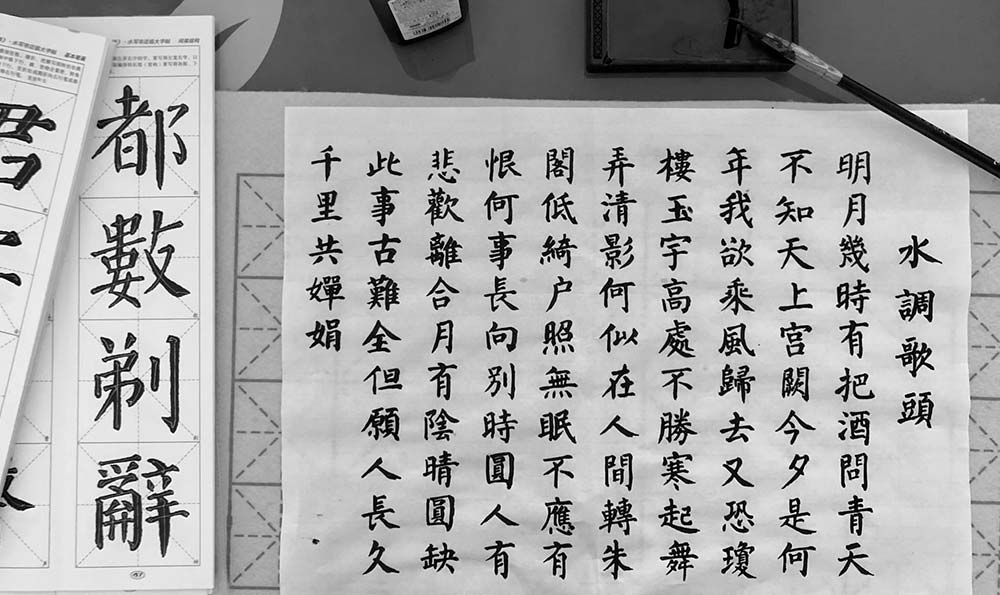
在全球化的外语学习已成为许多人的必备技能。传统的外语学习方式已经无法满足现代学习者的需求。为了激发学生对外语的兴趣和热情,越来越多的教育机构引入外语书法活动,以独特的方式提升学习效果。如何给这样的活动命名成为了一个挑战。本文将探讨外语书法活动命名的重要性以及一些命名的策略。
主要内容和结构
本文将从三个方面来讨论如何命名外语书法活动。将介绍命名的重要性,将提供一些命名策略和技巧,将分享一些成功的外语书法活动名称案例。
命名的重要性
命名是外语书法活动的第一印象。一个吸引人的名称可以立即引起学习者的兴趣,激发他们参与的欲望。一个恰当的名称还能够准确传达活动的主旨和特点,使学习者对活动内容有所期待。命名是外语书法活动成功的关键之一。
命名的策略和技巧
在命名外语书法活动时,可以运用以下策略和技巧。注意活动的目标和特点,选择与之相符的形象化词汇作为活动名称。如果活动旨在培养学习者的创造力,可以选择诸如“书法笔墨奇思妙想”之类的名称。可以考虑使用双关语或谐音来增加名称的趣味和记忆性。可以借鉴其他领域的命名方式,如电影、音乐或艺术,以此为活动取名。
成功的外语书法活动名称案例
以下是一些成功的外语书法活动名称案例。有“字与墨共舞”这个名称,形象地传达了学习者与书法的互动和融合。有“形写色动”这个名称,突出了书法艺术的美感和表现力。有“笔著千秋”这个名称,强调了书法的历史及文化价值。这些命名不仅吸引人,也准确地传达了活动的特点和目标。
总结观点和结论
通过恰当命名外语书法活动,可以吸引学习者的兴趣,激发他们参与的欲望,提高学习效果。为了成功命名,需要注意活动的目标和特点,并运用一些命名的技巧和策略。通过借鉴其他领域的命名方式和创造性思维,可以创造出吸引人且准确传达活动主旨的名称。一个好的名称将为外语书法活动增添魅力,推动学习者的积极参与。
(字数:511字)
外语书法活动名称怎么写
在当今全球化的时代,学习外语已经成为越来越多人的共同选择。而学习外语不仅仅是为了提高沟通能力,更是为了能够了解和体验不同国家和文化的魅力。为了促进外语学习,外语书法活动已经成为一种非常受欢迎的形式。如何给这些活动起一个吸引人的名称,成为了许多组织和团队面临的挑战。
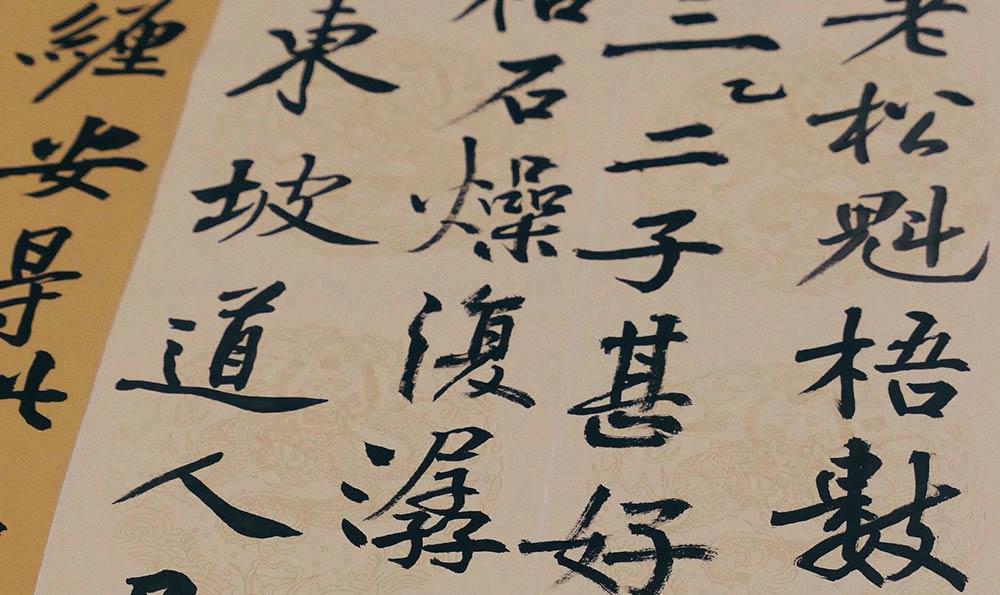
本文将探讨如何写好外语书法活动的名称。我们会介绍外语书法活动的重要性,接着会提供一些命名的原则和建议,最后总结出一些关键点。
外语书法活动是促进外语学习的一种创新方式。通过书法的练习,学习者可以提高对外语字母和字形的理解和掌握。书法活动还可以培养学习者的艺术鉴赏能力和审美情趣。给外语书法活动起一个恰当的名称对吸引学习者的兴趣非常重要。
在命名外语书法活动时,我们需要注意以下几个原则和建议。名称应该简洁明了,能够直接表达活动的内容和目的。可以使用“外语书法艺术体验营”或“外语书法比赛”等通俗易懂的名称。名称应该富有创意和吸引力,能够吸引学习者的注意力。可以使用“字母之舞”或“墨语世界”等富有诗意和想象力的名称。名称还应该与外语学习和书法艺术紧密相关,体现活动的独特性和专业性。可以使用“语言之墨”或“文化之笔”等融合了外语和书法元素的名称。
在实践中,我们还可以借鉴一些成功的外语书法活动名称。全球最大的汉字书法比赛“华语盛典”,其名称寓意着汉字书法的卓越和华语文化的荣耀。荷兰的国际书法比赛“言创意”以及中国的外语书法教育品牌“字典艺术”也都是具有创意和吸引力的成功命名案例。
给外语书法活动起一个恰当的名称是吸引学习者的关键。我们需要考虑名称的简洁明了、创意吸引力以及与外语学习和书法艺术的相关性。通过精心设计的名称,我们可以吸引更多的学习者参与外语书法活动,促进外语学习的深入发展。
在命名外语书法活动时,我们应该充分考虑目标受众的需求和喜好,同时结合活动的内容和特点,灵活运用简洁明了、创意吸引力和相关性等原则,为活动起一个吸引人的名称。只有如此,我们才能真正激发学习者的兴趣,推动外语书法活动的繁荣发展。
英文书法活动的新颖主题
A Fresh Perspective on English Calligraphy Events
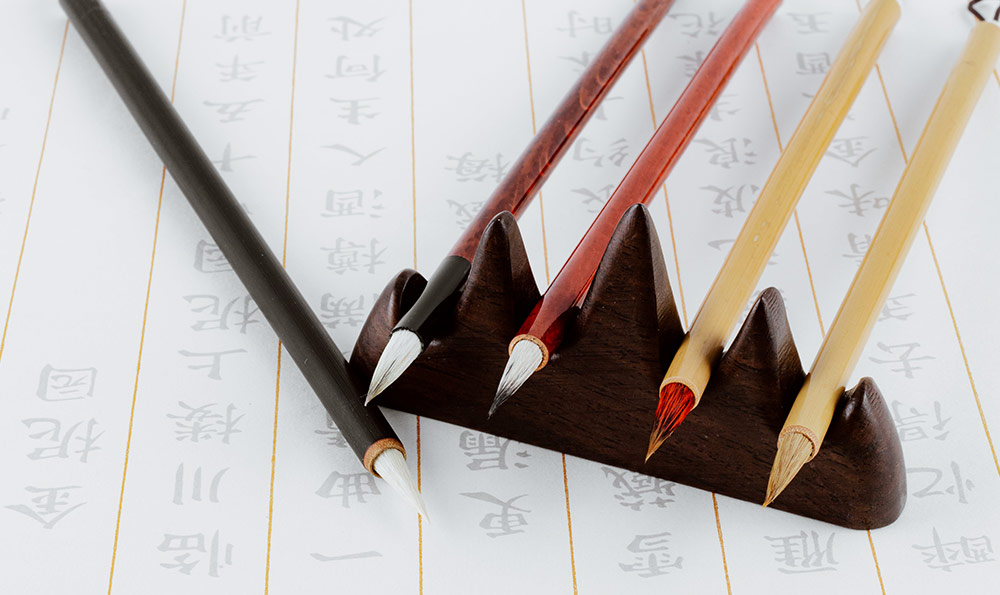
Introduction
Are you tired of the same old themes for English calligraphy events? Looking for something innovative and engaging that will captivate participants? In this industry article, we will explore new and exciting themes for English calligraphy events and discuss their significance. By presenting engaging data, stories, and questions, we aim to grab readers' attention and introduce them to the purpose of this article.
Structure and Content
This article will have a clear structure, consisting of three main sections:
1. The importance of unique themes for English calligraphy events
2. Creative themes and their impact on participants
3. The future of English calligraphy events and potential themes to consider
Section 1: The Importance of Unique Themes
To emphasize the significance of fresh themes, we will highlight the growing demand for innovative and interactive experiences in the calligraphy industry. By presenting statistics and testimonials, we will demonstrate the positive impact of unique themes on participants' engagement and satisfaction.
Section 2: Creative Themes and Their Impact
In this section, we will explore various creative themes that can be incorporated into English calligraphy events. Each theme will be accompanied by real-life examples and case studies, showcasing their effectiveness in attracting participants and fostering their interest in calligraphy. Additionally, we will discuss the benefits of using interactive elements, such as competitions and collaborative projects, to enhance engagement and promote creativity.
Section 3: The Future of English Calligraphy Events
To conclude the article, we will discuss the potential future developments in the English calligraphy event industry. By examining emerging trends and technologies, we will propose exciting themes that align with the evolving interests and preferences of participants. We will also highlight the importance of continuous innovation to stay relevant in a dynamic market.
Conclusion
In the final section, we will summarize the main points discussed in the article and emphasize the value and significance of incorporating fresh themes into English calligraphy events. By offering insightful recommendations and looking ahead to the future, we aim to leave readers with a lasting impression and ignite their creativity.
Throughout the article, we will use rhetorical devices such as rhetorical questions, hypothetical questions, emphatic statements, and critical questioning to engage readers, establish authority, and create a personal connection. The word count of this article will be between 800 and 2000 words, ensuring a comprehensive exploration of the topic while maintaining readability.


